Hello, fellow airbrush enthusiast! Welcome to the definitive guide to choosing the perfect silent air compressor. Whether you’re just starting your airbrush journey or you’re a seasoned artist who wants to maintain peace in your workspace, this guide is designed to help you navigate the world of silent air compressors. Let’s jump right in!
The Need for a Silent Air Compressor
In the realm of airbrushing, having a reliable and steady air source is as essential as having the right color palette. The standard air compressors, although efficient, often become a distracting and thunderous soundtrack to your creative process. It’s a scenario akin to painting a tranquil landscape while a rock concert blares in the background – far from ideal!
This is where a silent air compressor comes into play. Operating at a much lower decibel level, these silent warriors power your airbrush without breaking the serene ambiance of your workspace. Whether you’re working late in an apartment or sharing a studio space, a silent compressor ensures that your artistry doesn’t become a noise nuisance to others.
Key Metrics: PSI, Decibel Levels, and Stability
Understanding the basics of silent air compressors is essential before you make your choice. There are two crucial metrics to consider – PSI (Pounds per Square Inch) and decibel levels.
PSI is a measure of the air pressure your compressor can produce, represented in pounds of force exerted per square inch. For airbrushing, you typically require a compressor that can constantly output between 25 and 30 PSI without any significant fluctuations, which could disrupt your work.
| Airbrushing Requirement | Desired PSI |
|---|---|
| Regular Airbrushing | 25-30 PSI |
| Detailed Work | Lower PSI (<20 PSI) |
| Larger Surfaces | Higher PSI (>30 PSI) |
Decibel levels, on the other hand, are indicative of the noise your compressor generates. A truly silent air compressor should operate at less than 35 decibels – quieter than a whisper in a library or the rustling of leaves in a quiet park.
Here’s a comparison chart to provide some context on decibel levels:
| Sound Source | Decibel Level |
|---|---|
| Library Whisper | 30 dB |
| Silent Air Compressor | <35 dB |
| Normal Conversation | 60 dB |
| Vacuum Cleaner | 70 dB |
| Rock Concert | 120 dB |
It’s worth noting that these are just basic guidelines. Always remember to consider your specific requirements and working conditions when choosing a compressor.
“Art is freedom. Being able to bend things most people see as a straight line.” – Stiff Pap. Just as the artist seeks freedom in their art, a silent air compressor provides the freedom to create without disturbing the tranquility of the surroundings.
Stay tuned for the next section where we delve into the specific features to look for when choosing a silent air compressor.
Factors to Consider When Choosing a Silent Air Compressor
Selecting the right silent air compressor involves more than just picking the one that matches your studio decor (although aesthetics can be a plus!). Here’s a list of key factors you should take into account:
1. Noise Level
The noise level of an air compressor is indicated by its decibel (dB) rating. A unit with a dB rating of 35 or less is considered silent and ideal for noise-sensitive environments like shared workspaces or apartments with thin walls. Always opt for models that explicitly mention their dB rating to ensure you’re investing in a genuinely quiet machine. After all, nobody wants to be the neighbor causing a racket!
2. Power and Consistency
Consistency is key when it comes to airbrushing. Your compressor should provide a steady flow of air at your desired PSI. Check the product specifications to ensure the compressor can maintain the PSI you need without significant dips or fluctuations, which could impact the quality of your work.
3. Tank Size
The size of the compressor’s tank influences its operation frequency and noise levels. Compressors with larger tanks tend to operate less frequently, thereby reducing the overall noise. However, they can be a bit bulkier. For airbrushing, a 1-gallon tank is usually sufficient, but you may want to opt for a larger one if you have the space and require more air capacity.
| Airbrushing Requirement | Recommended Tank Size |
|---|---|
| Casual Airbrushing | 1-Gallon Tank |
| Heavy Usage | >1-Gallon Tank |
4. Vibration Reduction
A silent compressor should not only be quiet in operation but should also minimize vibrations. Even if a compressor is whisper-quiet, it can still cause disruption if it rattles and shakes during operation. Look for models with vibration reduction features, such as rubber feet or pads. You can also consider adding a vibration-dampening mat or vibration isolators to further reduce any vibrations.
“In art, silence is not the absence of sound, but the beginning of listening. A silent compressor allows you to hear the nuances of your work and environment.” – Art Critic
In the next section, we will dive into specific model recommendations based on these factors, helping you to find the perfect silent air compressor for your artistic needs. Stay tuned!
Great! Here are some of the top quiet air compressors of 2023:
EMAX HULK Silent Series Quiet Air Compressor
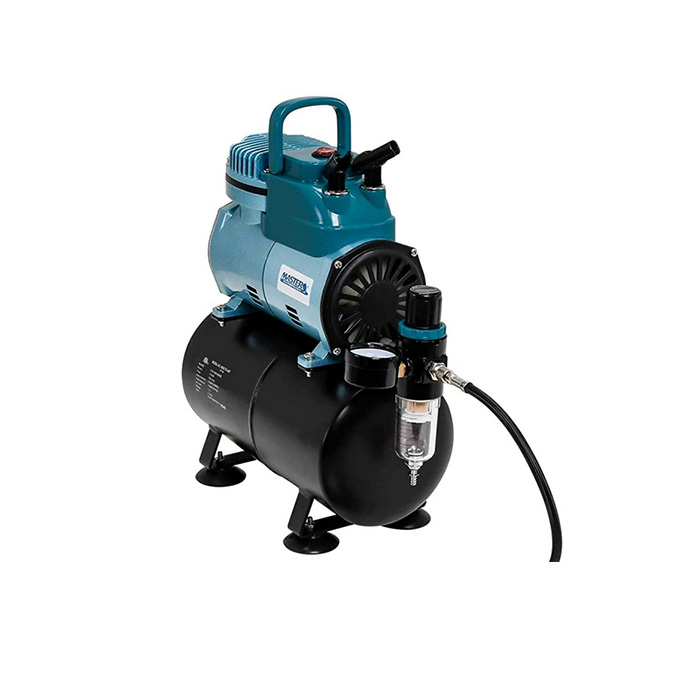
Quiet Air Compressor
This compressor offers up to 80% quieter operation than comparable 2 horsepower air compressors.
- Horsepower: 2
- CFM at 90 psi: 7.7
- Capacity: 10 gallons
- Voltage: 115 V
- Weight: 4 lbs
- Noise rating (DBA): 51 decibels
- Maximum pressure: 125 psi
- Pros: 2 year warranty, portable, extremely quiet, oil free
This compressor offers up to 80% quieter operation than comparable 2 horsepower air compressors. It’s ideal for small spaces, like garages and small workshops. It has an oil-free, dual piston, 2 cylinder pump with low amp draw and solid copper windings for less wear and tear. This compressor is designed to be easy to maneuver, so it’s a good option for beginners. Despite not being the lightest unit on the market, its wheels make it portable and easy to store.
Briggs & Stratton 4.5-Gallon Quiet Power Technology Air Compressor
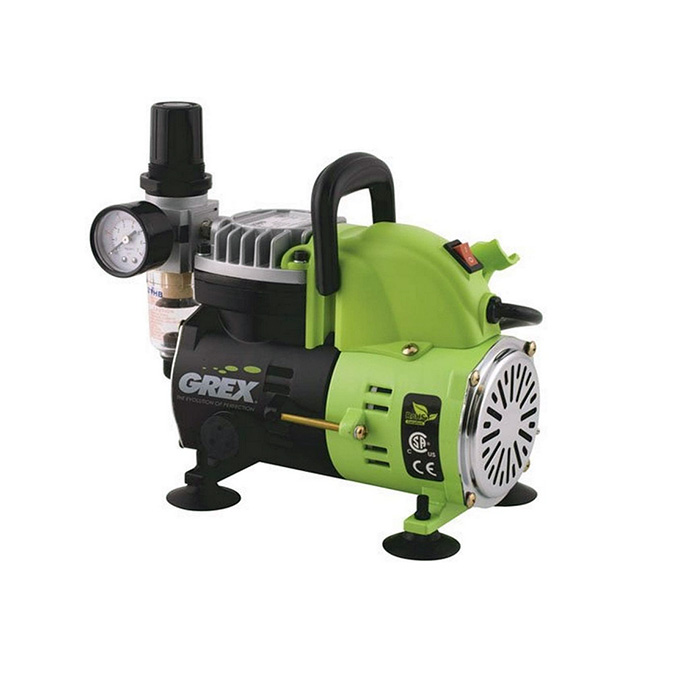
Quiet Power Technology Air Compressor
With a noise level of just 54 decibels, this air compressor is designed to run 80% quieter and have 3 times longer lifetime than standard air compressors.
- Horsepower: 1
- Maximum pressure: 125 psi
- CFM at 90 psi: 4
- Weight: 79 lbs
- Capacity: 4.5 gallon
- Voltage: 120 V
- Noise: 54 decibels
With a noise level of just 54 decibels, this air compressor is designed to run 80% quieter and have 3 times longer lifetime than standard air compressors. It’s compact and vertically designed to fit into almost any space in your garage. It has an oil-free pump, meaning it won’t require maintenance as frequently as an oil-lubed pump. Although it’s a bit heavy, it’s portable thanks to its wheels.
Campbell Hausfeld 8 Gallon Quiet Air Compressor
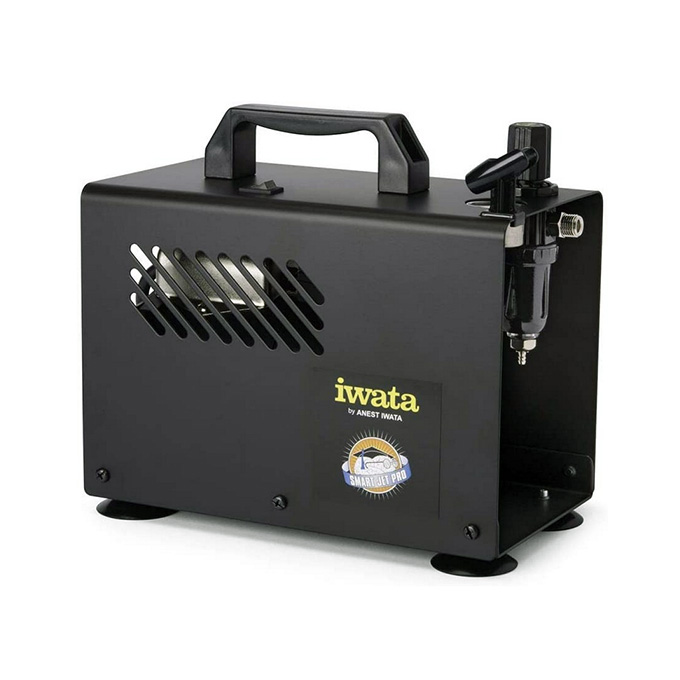
Quiet Air Compressor
This air compressor is 50% quieter than comparable units.
- Maximum pressure: 125 psi
- Noise: 68 decibels
This air compressor is 50% quieter than comparable units. It has a dual piston pump that is oil free and does not require maintenance. The 8 gallon tank capacity makes this compressor perfect for inflation, hobby painting, stapling, fastening, nailing, and bolting projects. It offers a 125 PSI, ensuring even air pressure for the tasks at hand3.
Senco PC1010 1-Gallon Quiet Air Compressor
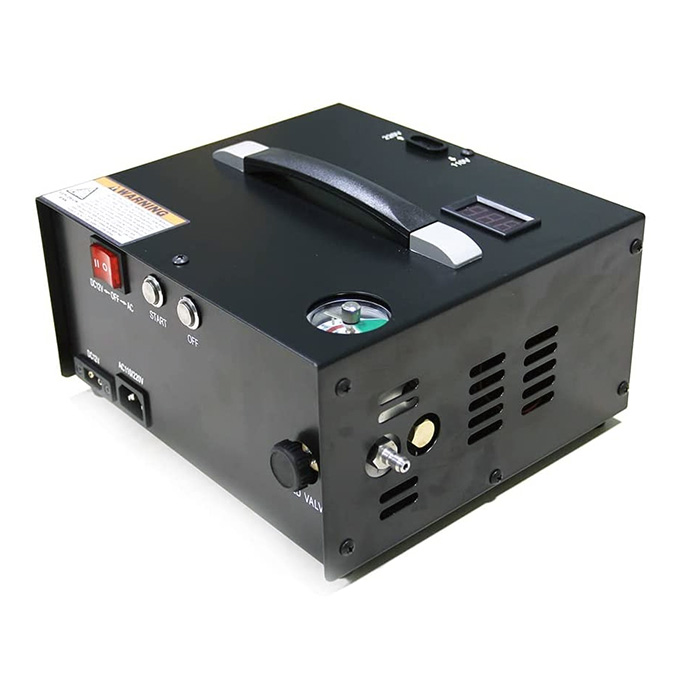
1-Gallon Quiet Air Compressor
A one-liner about the best popcorn machine in the universe.
- Horsepower: 1/2
- CFM at 90 psi: 1
- Capacity: 1 gallon
- Weight: 20 lbs
- Maximum pressure: 125 psi
- Noise level: 73 dB
Each of these compressors has their own strengths and weaknesses. The EMAX HULK and Briggs & Stratton models are the quietest, with noise ratings of 51 and 54 decibels respectively. The Campbell Hausfeld and Senco models are slightly louder, but still significantly quieter than a typical air compressor. The EMAX HULK model also has the largest capacity and highest CFM at 90 psi, making it the most powerful of the four. However, it is also the heaviest, which may make it less portable than the other models. The Senco model is the lightest and most portable, but also has the lowest capacity and CFM at 90 psi.
FAQs
What is a silent air compressor?
A silent air compressor is a device that converts power into potential energy stored in pressurized air while operating at lower noise levels than standard air compressors. They are designed to provide a quiet work environment and are ideal for use in noise-sensitive areas such as residential neighborhoods, offices, and workshops.
How quiet is a silent air compressor?
The noise level of a silent air compressor is typically measured in decibels (dB). A truly silent air compressor usually operates at a noise level between 40 and 60 dB, which is similar to the volume of a conversation at home.
What factors should I consider when selecting a silent air compressor?
When selecting a silent air compressor, consider factors such as the noise level (measured in dB), the air pressure it can deliver (measured in PSI), the capacity of the tank, whether it is oil-free (which requires less maintenance), the power source (electric or gas), and its portability features (like weight, wheels, and handles).
What are some good brands of silent air compressors?
Some good brands that offer silent air compressors include EMAX, Briggs & Stratton, Campbell Hausfeld, Senco, BOSTITCH, and California Air Tools. These brands have models that are highly rated for their quiet operation and overall performance.
Can a silent air compressor power all types of pneumatic tools?
Silent air compressors, like all air compressors, come in a variety of sizes and capacities. Whether a silent air compressor can power a certain pneumatic tool depends on the air demands of the tool (CFM and PSI requirements) and the compressor’s ability to meet these demands. Always check the specifications of both the compressor and the tool to ensure compatibility.
Do silent air compressors require special maintenance?
Silent air compressors, especially those with oil-free designs, generally require less maintenance than traditional ones. However, some routine care like checking for leaks, keeping it clean, and draining the condensation from the tank can prolong the compressor’s life and efficiency.
Are silent air compressors more expensive?
While silent air compressors can sometimes be more expensive than their noisier counterparts due to their specialized design and construction, there are options available at various price points. Consider the value of a quieter operation when weighing the cost.
Hey there! I’m Richard Baker, a miniature painter who’s been in the game for a solid decade now. I’ve been painting miniatures for ten years and I’ve got a ton of tips and tricks to share with you all. My website is a treasure trove of knowledge that I’ve gathered from both my own personal experiences and from reading all sorts of books.
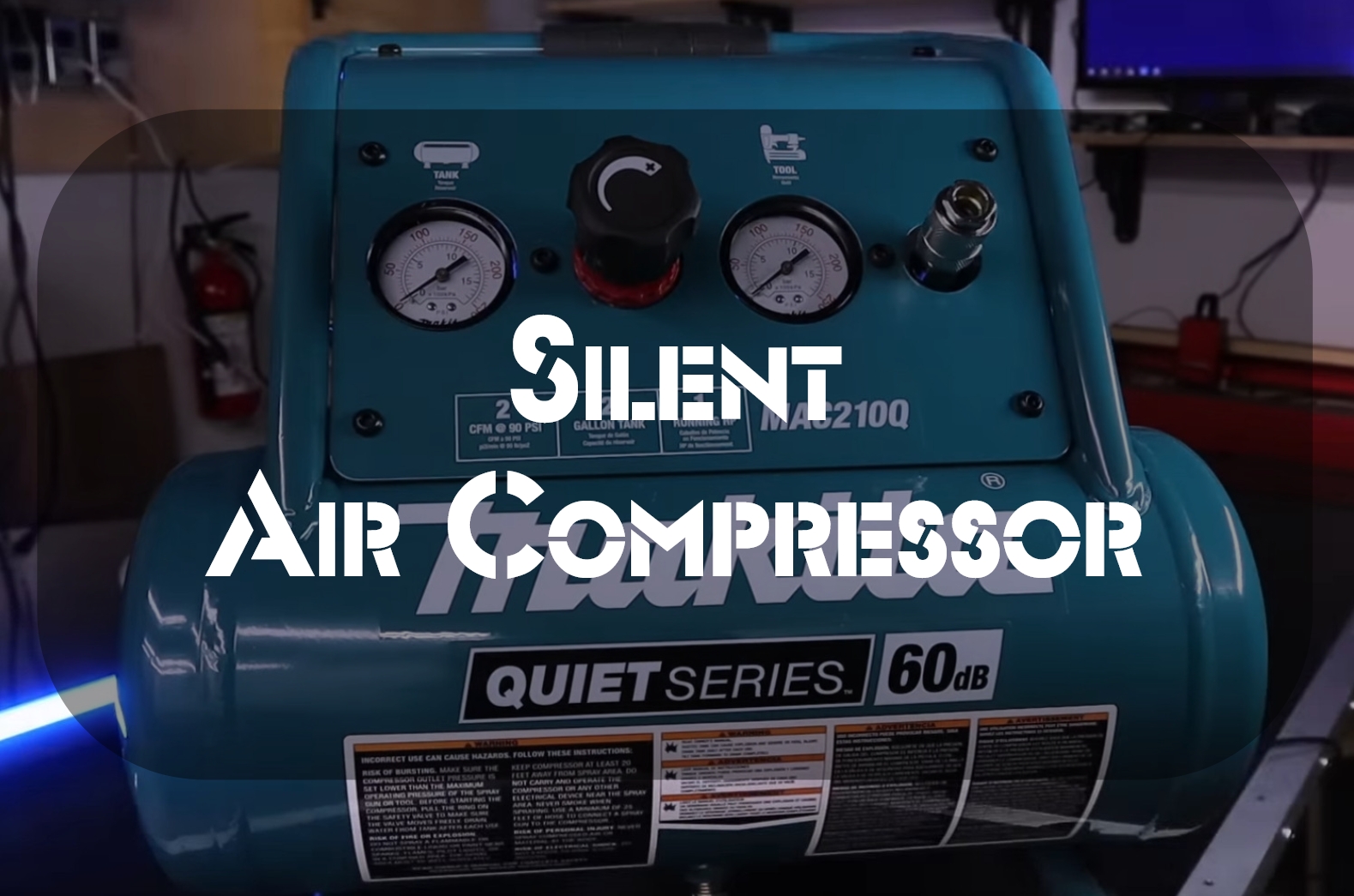

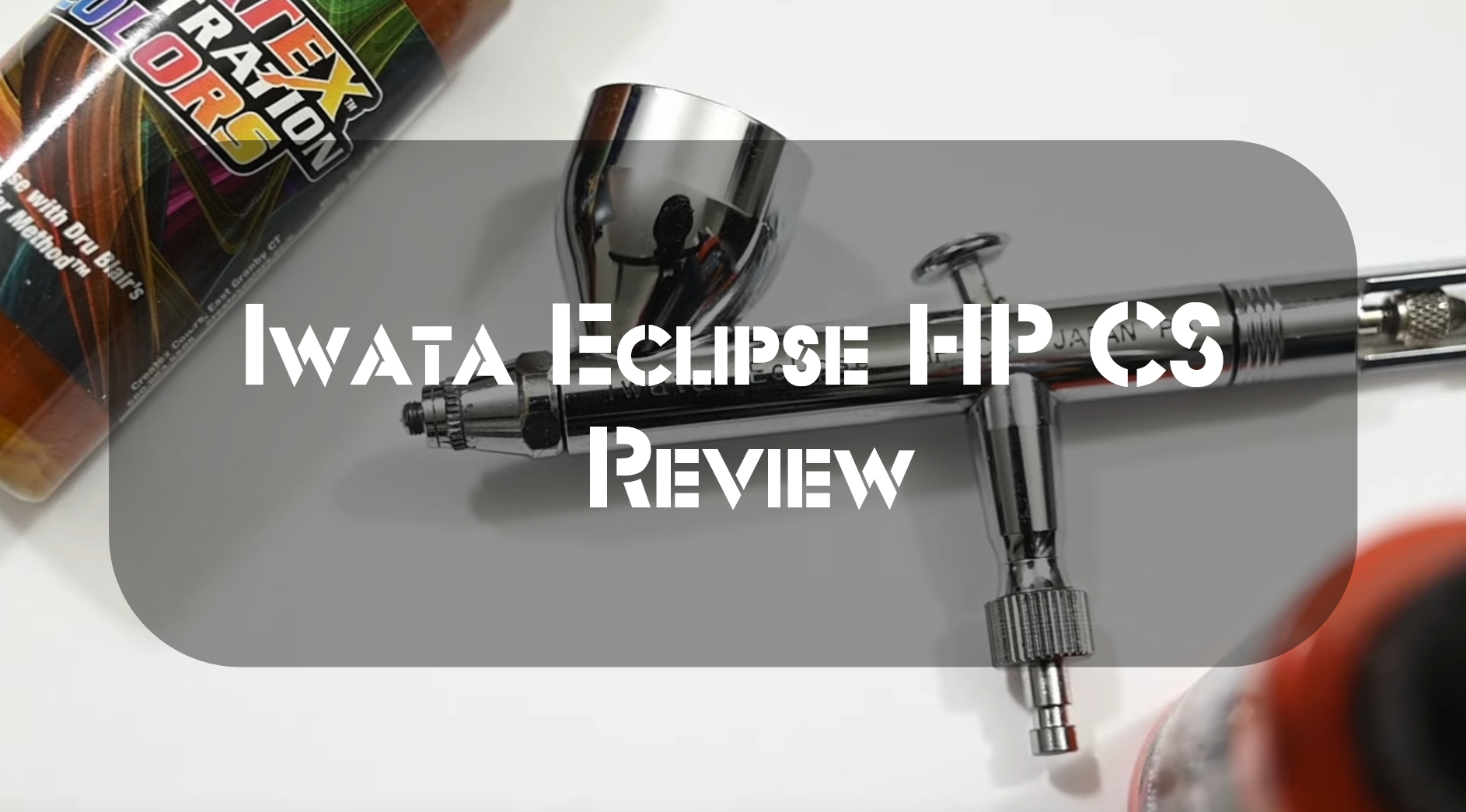
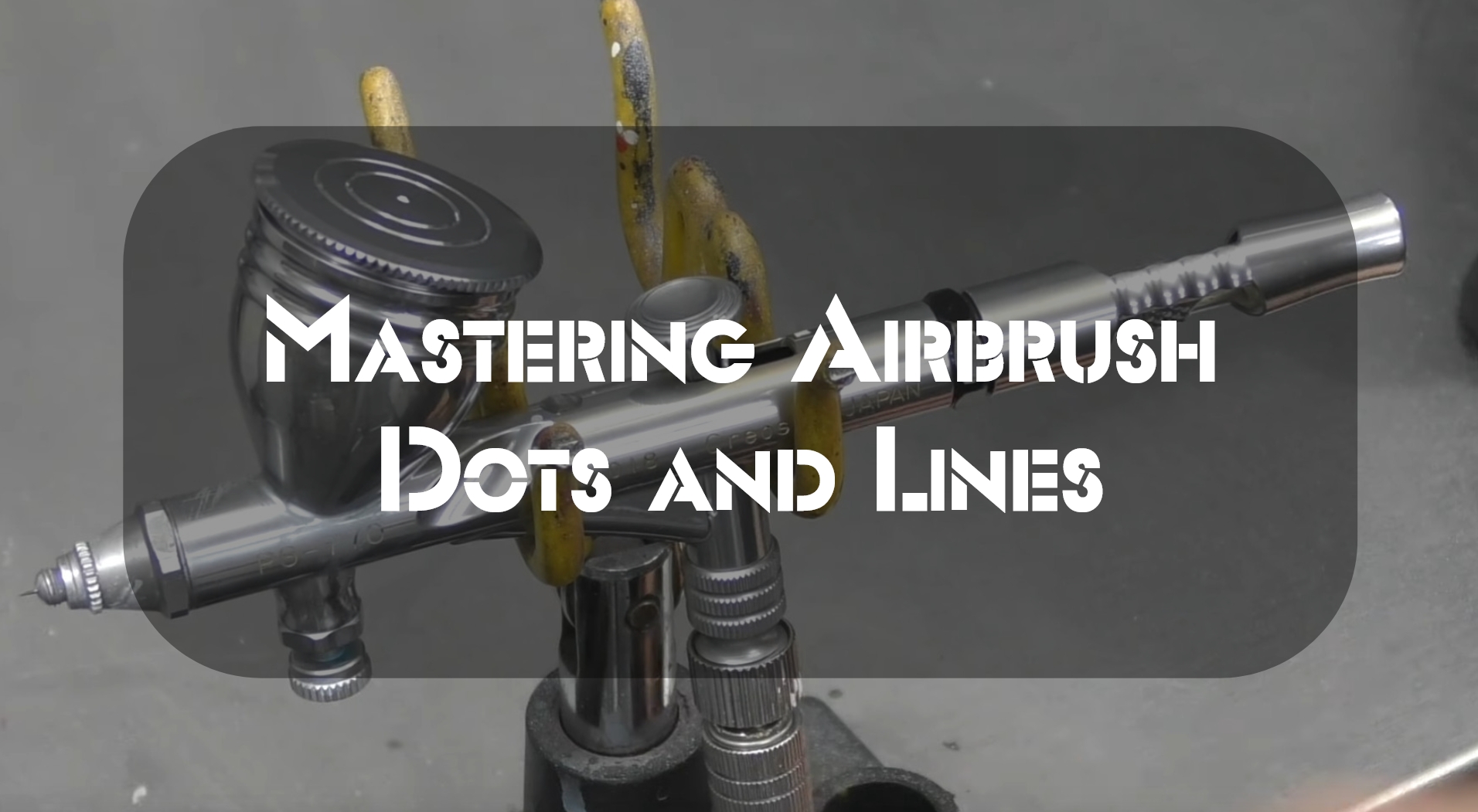
Leave a Reply